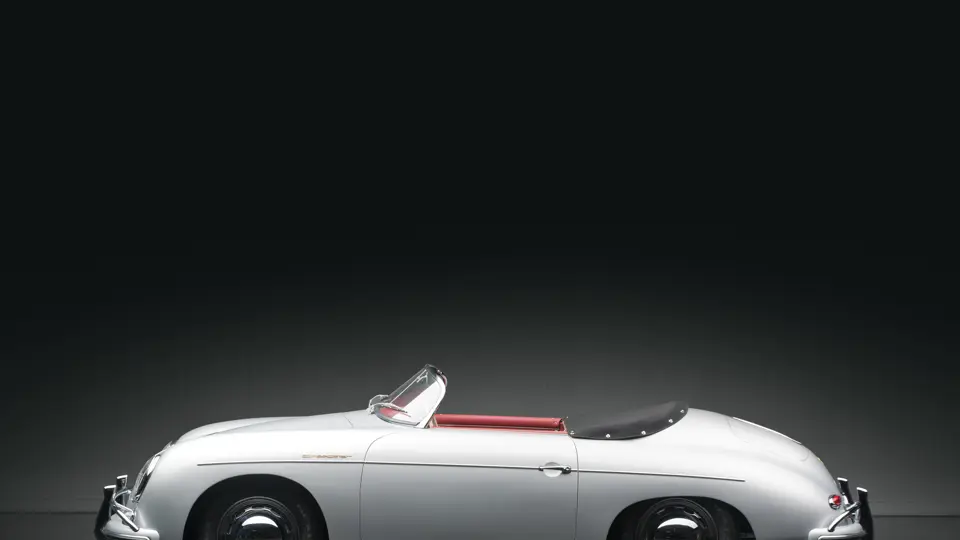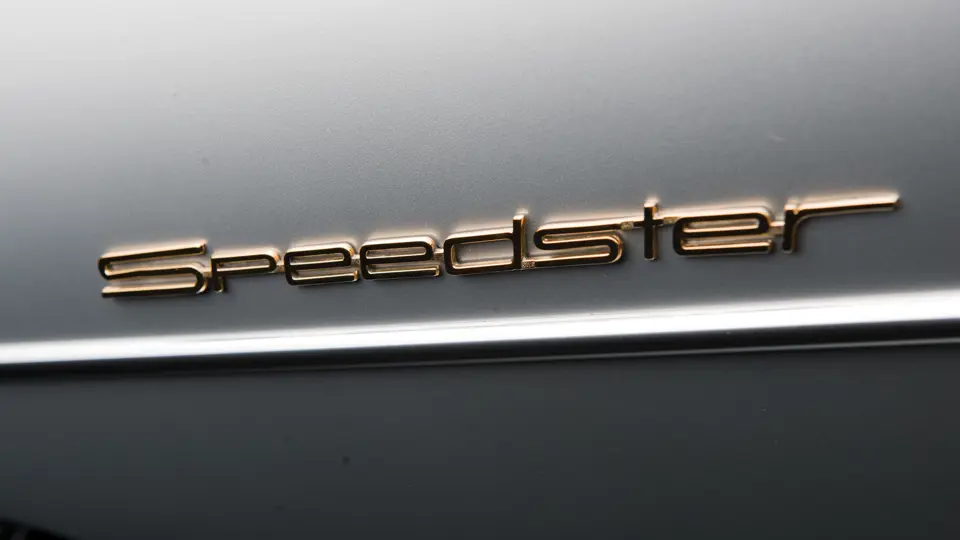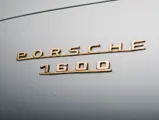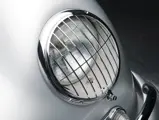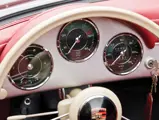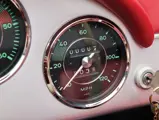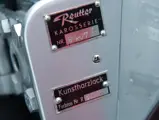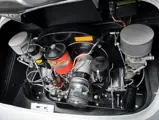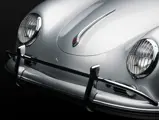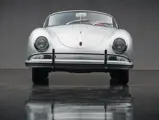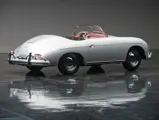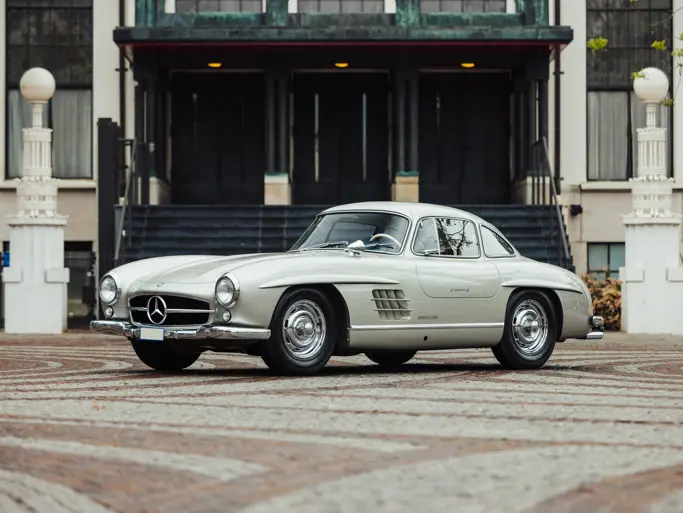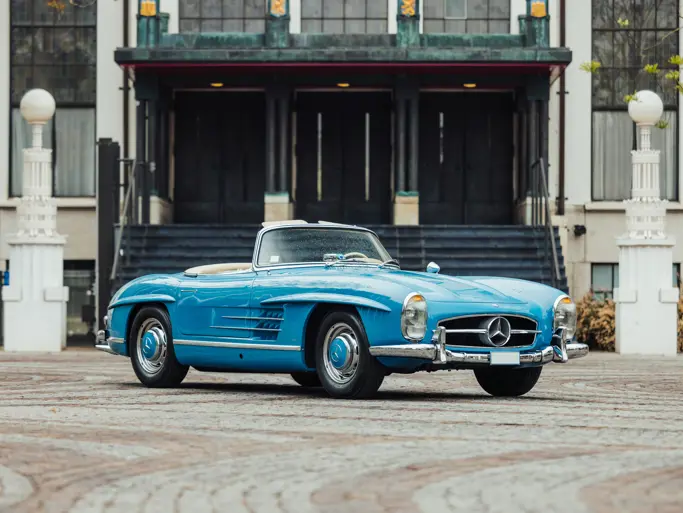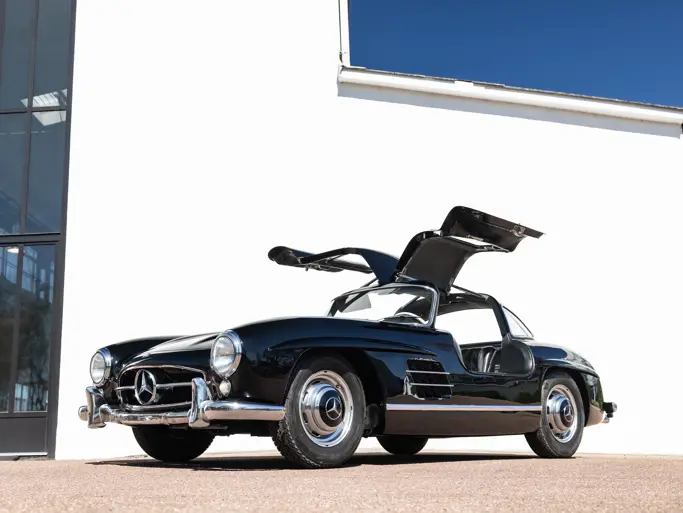60 bhp, 1,582 cc horizontally-opposed OHV four-cylinder engine, four-speed manual transmission, torsion bar independent front suspension, swing axle independent rear suspension, and four-wheel hydraulic drum brakes. Wheelbase: 82.7 in.
Max Hoffman, the legendary New York distributor of imported cars, had a good sense of the emerging American market for sports models. Having garnered the East Coast franchise for Porsche, he did well selling early 356s, and he had not failed to notice the popularity of the Jaguar XK-120. His wariness only intensified with the introduction of the Austin-Healey Hundred in 1953, which sold for $2,895, a full $1,400 less than the cheapest Porsche.
Hoffman proposed to Ferry Porsche that a sportier, more basic variant, to sell at a lower price, would bring dividends. Thus was born the 356 Speedster, planned specifically for the American market. Reutter & Co., of Stuttgart, with whom Porsche already had a close relationship, supplied the body and helped with engineering, for economic purposes. A low, raked windshield was made removable for racing, and light bucket seats replaced the standard type. Side windows were omitted entirely—owners had to rely on side curtains. The top was very basic, and the only instruments were a speedometer and a temperature gauge. The tachometer and heater were optional, helping to keep the basic price under $3,000, when delivered in New York.
The Speedster was an immediate hit. Sales hit 1,800 by the time the updated 356A model was introduced in late-1955. More than 4,700 were built by the time the Speedster was phased out in favor of the Drauz-built Cabriolet D in 1958.
This T2A Speedster presents splendidly in silver with a black top. It was restored by Porsche specialist Tom Drummond from an original California car that had been stored for many years. Engine, transmission, suspension, and brakes have all been rebuilt. Panel fit and paint are both excellent, as is the brightwork. The characteristically minimal interior is correctly restored, with red side carpeting and a black rubber floor mat. VDO instrumentation includes a 6,000 rpm tachometer, a 120-mph speedometer, and gauges for oil temperature and fuel level. The seats are the correct Speedster type, upholstered in red leather.
The engine compartment is clean and properly detailed, having seen very little use; the car has covered test miles only since the restoration. The ride and performance is outstanding. The restoration is, in the words of an experienced critic, “absolute jewelry.” There are countless authentic touches that most people overlook: a canvas spare tire strap, correct side curtains and factory jack, and fastidiously correct wiring, even where it doesn’t show.
One of the most coveted of 356 Porsches, the Speedster, with its squat stance, is unmistakable on the road. This one is exceptional even among Speedsters. The word “stunning” is often overused, but it appears to have been coined especially for this car, and it is not simply seen but also felt. Not to mention the satisfaction that everything underneath is exactly as it should be. A new owner can justifiably feel smugly sated.


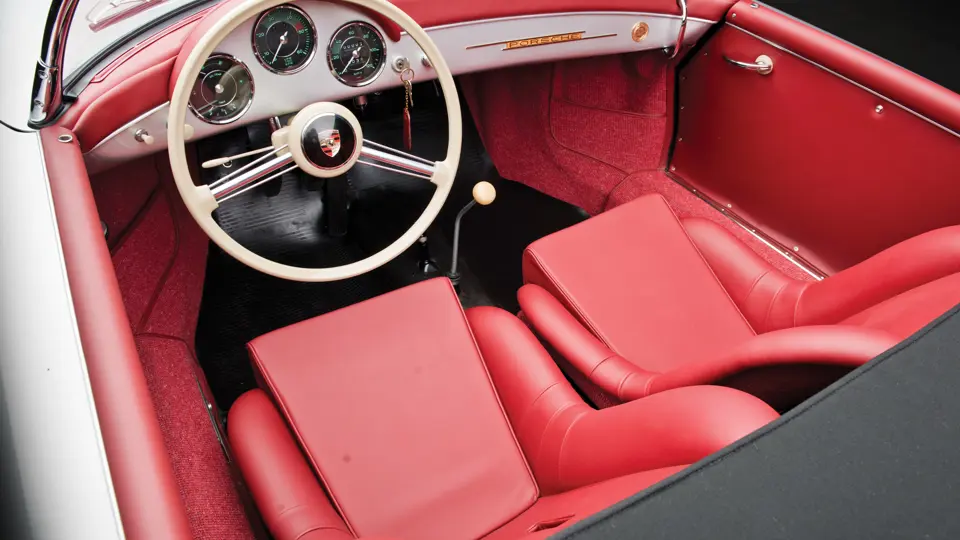



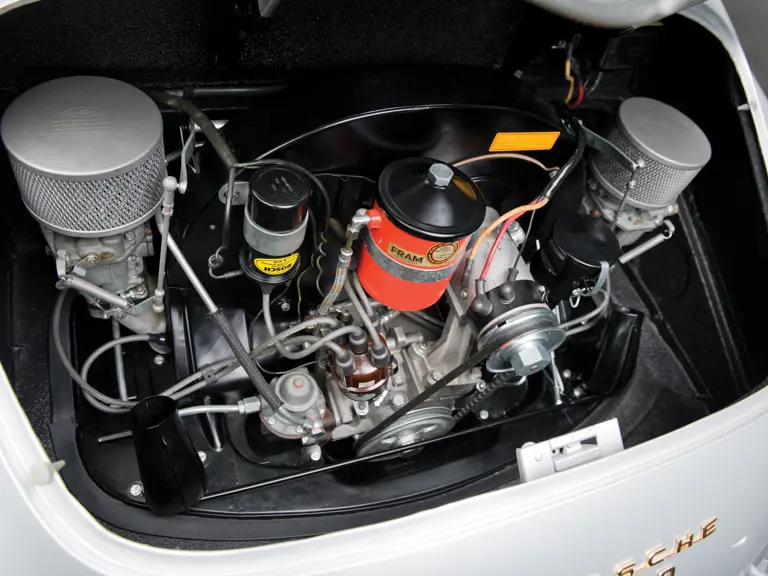
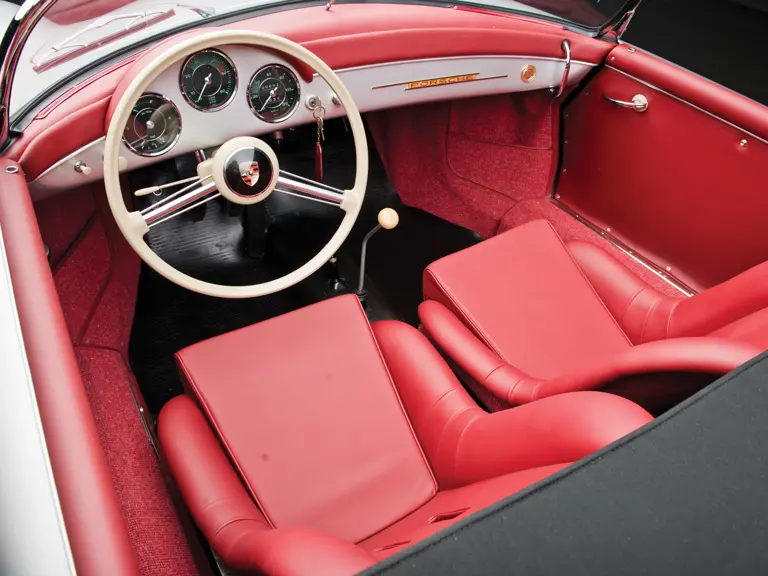
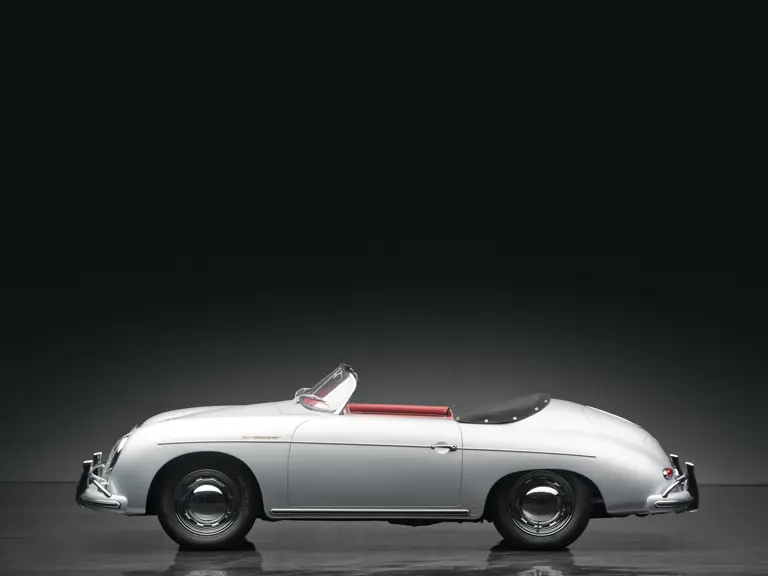
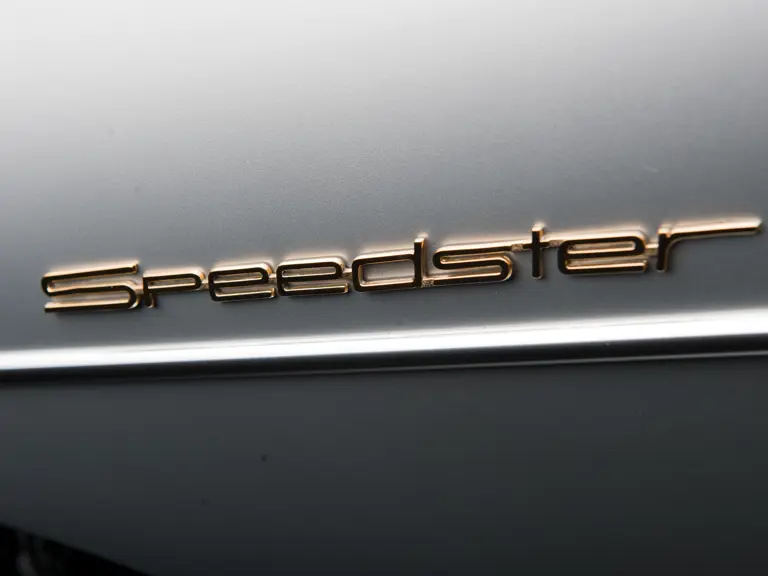

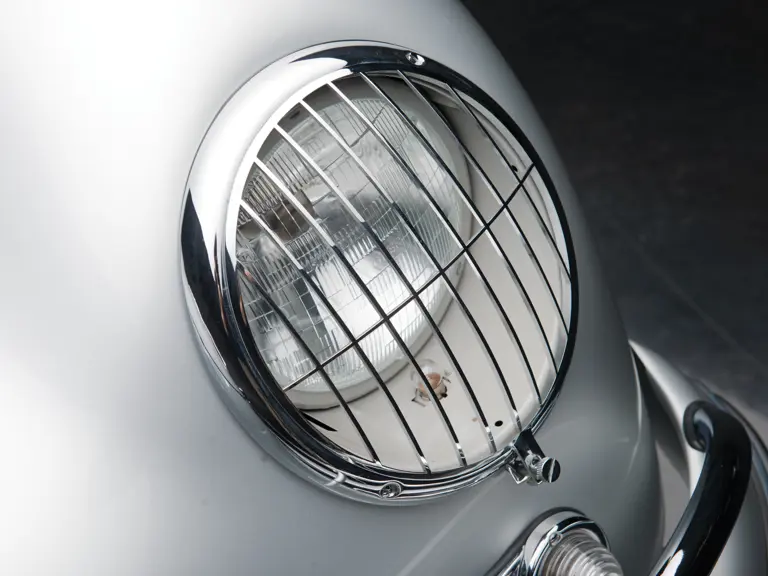
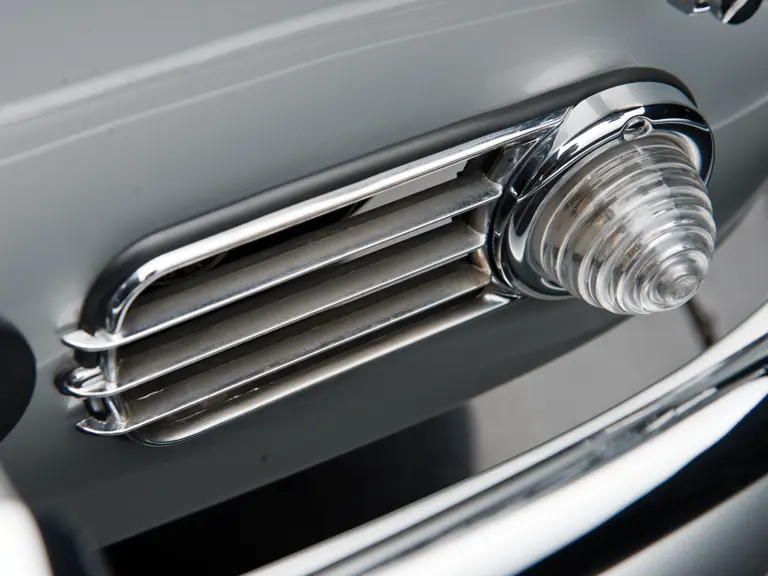
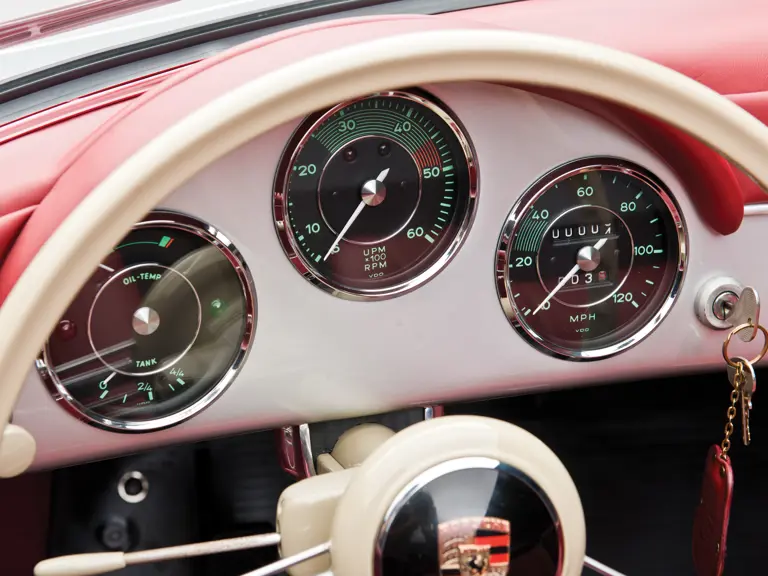
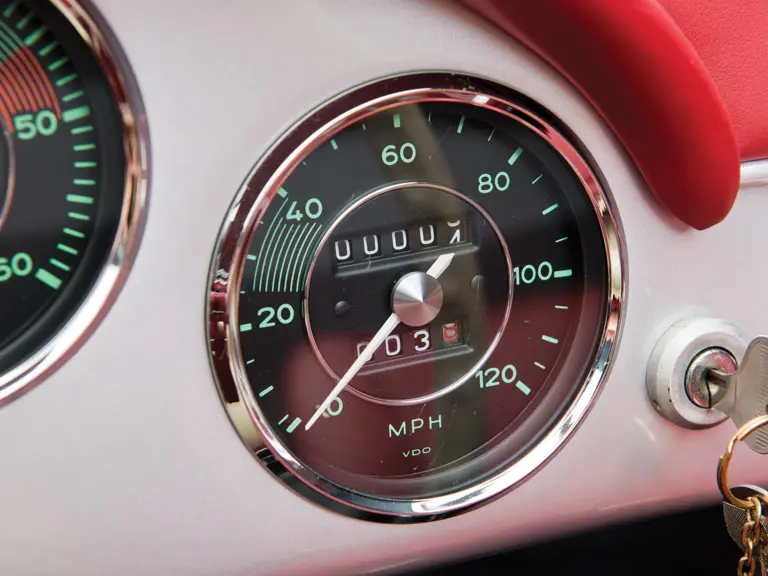
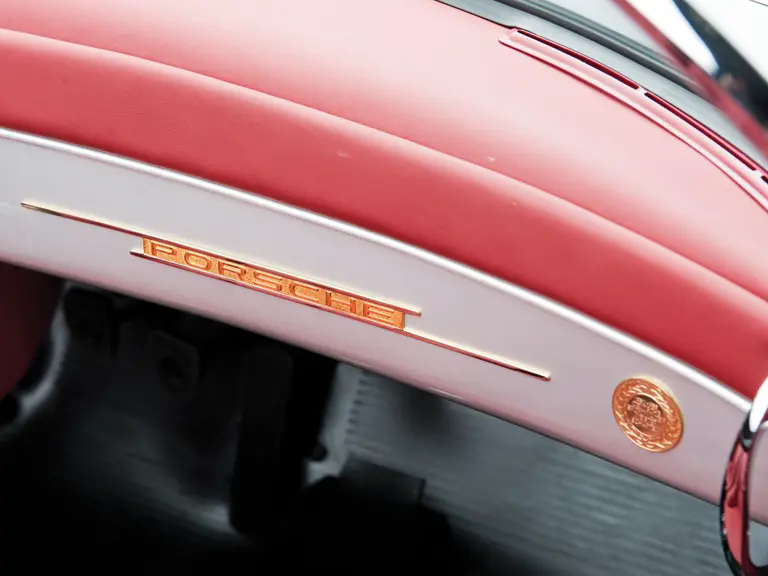
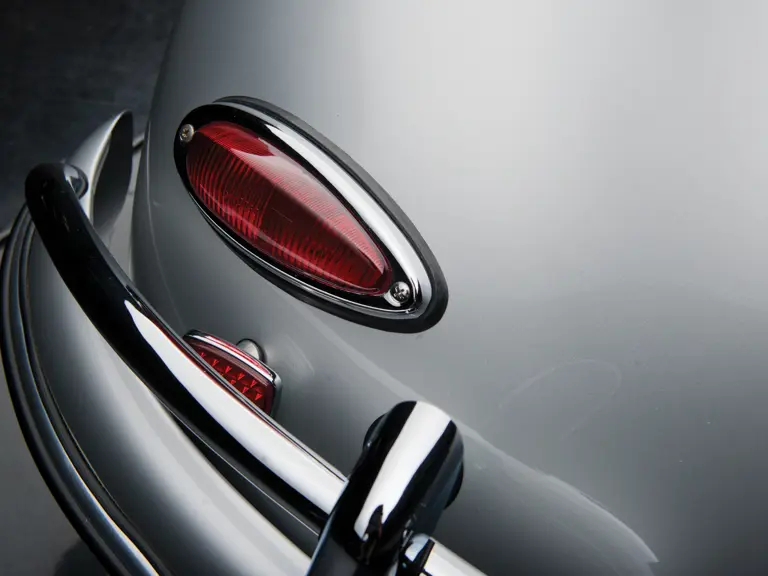

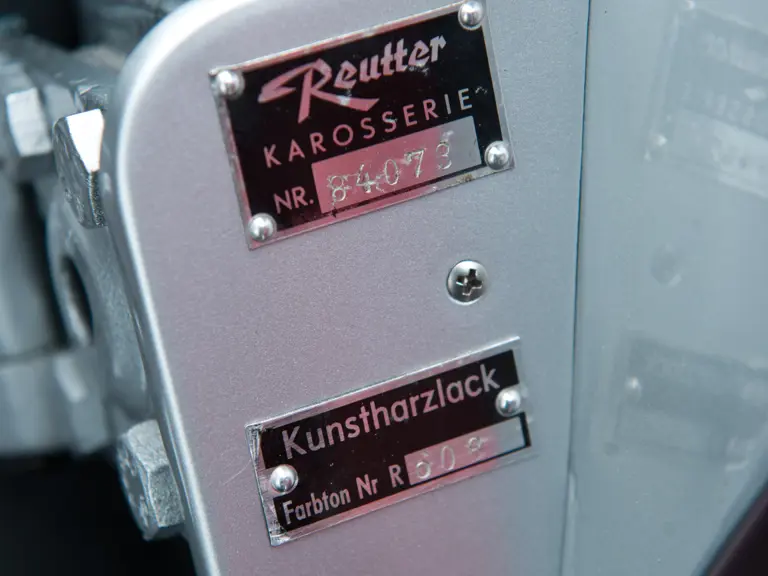
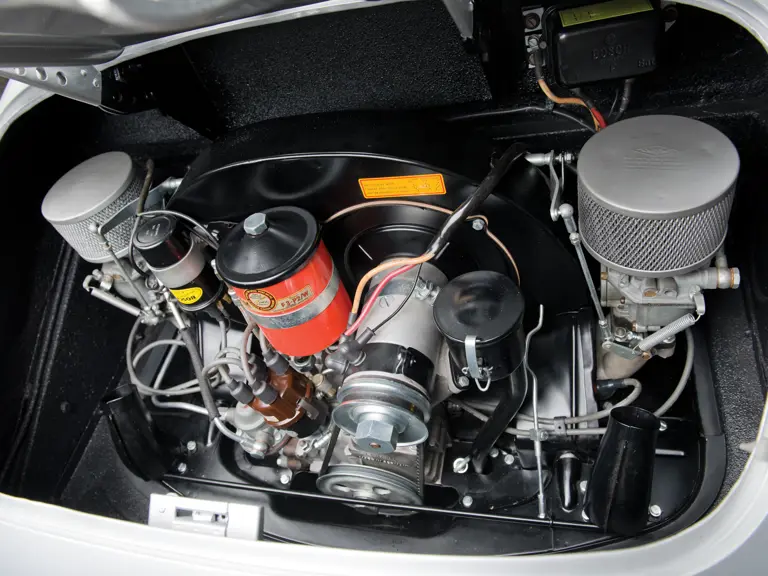


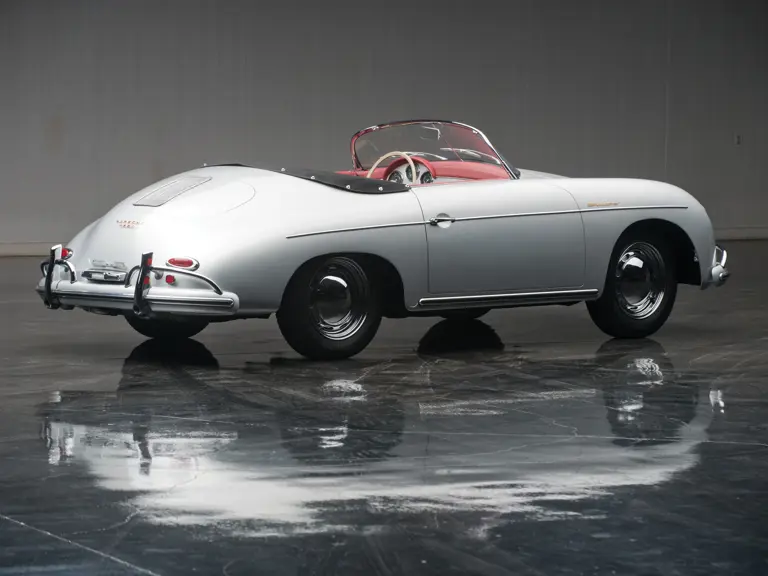
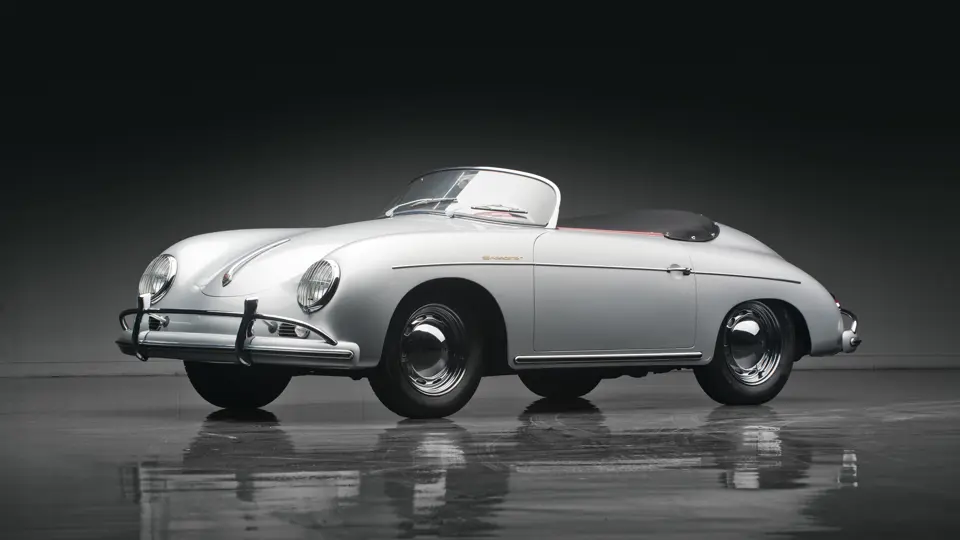
 | Fort Worth, Texas
| Fort Worth, Texas
